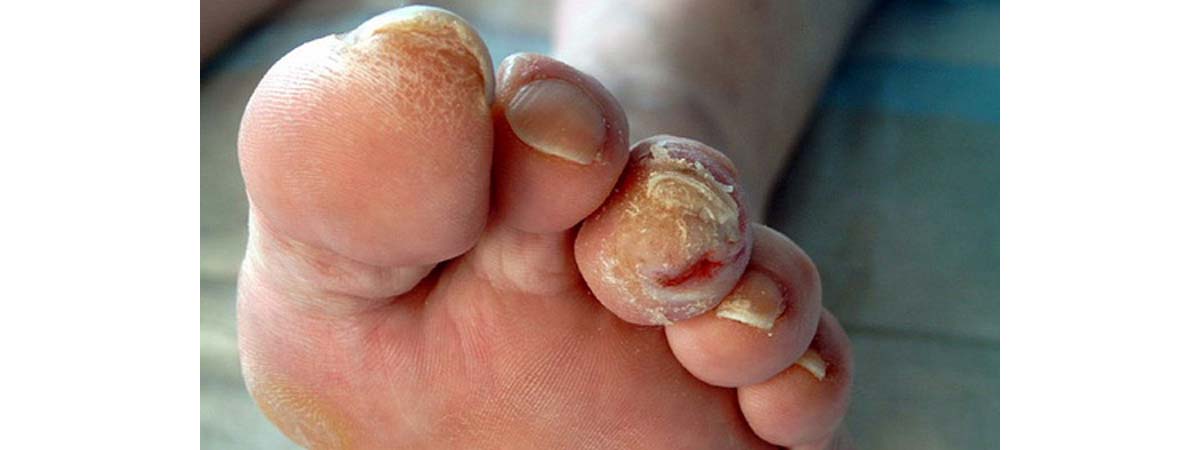Table of Contents
There are currently are 415 million people in the world with diabetes and it is thought that by 2040 this number will reach more than half a billion. In fact, the prevalence of diabetes is quite shocking — over nine percent of the global population suffers from this condition. Ninety percent of these people have Type 2 diabetes, which is associated with obesity, poor diet and lack of exercise.

Also people who have lost limbs through diabetes have a two to four-fold increased chance of dying prematurely, compared to people without diabetes.
Nerve and blood vessel disease, coupled with defects in the immune system and inadequate care form a terrible cocktail, frequently leading to serious foot problems.
Nerve disease and injury
Something that’s not well-known is that diabetes leads to nerve damage, causing a condition called peripheral neuropathy. This simply means nerve disease affecting the nerves in the extremities – most notably in the feet and legs.
At first there may just be altered or impaired sensation, but this quickly progresses to numbness.
The issue with neuropathy is that people cannot feel when damage has occurred to their feet. For example they may not be able to feel a stone in their shoe, even when it pierces the skin and causes a wound. They will also tend to wear shoes which are too small, because they cannot feel the pressure and correctly-fitting shoes will feel loose to them.
Impaired blood supply and wound healing
Another problem is that the supply of blood to the feet is reduced in patients who are living with diabetes. The significance is that if there is a wound to the foot, there is not enough blood containing nutrients and white cells to heal and fight infection. Therefore, compared with a non-diabetic person, wounds in diabetic people are much more difficult and take longer to heal, and they are also more likely to become infected. As sensation loss may be present, patients may not even notice this immediately.
This is where the tissues die because they have not enough blood – which is also referred to as ischemia. Having a wound increases the need for blood and can ‘tip the balance’ into ischemia.
Immune defects and inability to fight infection
High blood sugar levels, often seen in diabetes patients, impair the ability of immune (white) cells to fight infection. This is why diabetic foot wounds take longer to heal and can have much more serious consequences than for non-diabetic individuals.
- www.itb-thioctacid.ru/files/pdf/1996_boyko.pdf
- Edmonds ME and Foster AVM. Managing the Diabetic Foot. Published by Blackwell Sciences Ltd, Oxford, UK
- Neale’s Disorders of the Foot. 8th Edition. Published by Churchill Livingstone, Edinburgh, UK
- Photo courtesy of Pflegewiki-User ApoPfleger by Wikimedia Commons : commons.wikimedia.org/wiki/File:Offene_Wunde_bei_einem_diabetischen_Fu%C3%9Fsyndrom.jpg
- Photo courtesy of Christiana Care by Flickr : www.flickr.com/photos/christianacare/6466239237/
- www.diabetes.co.uk/diabetes-prevalence.html

